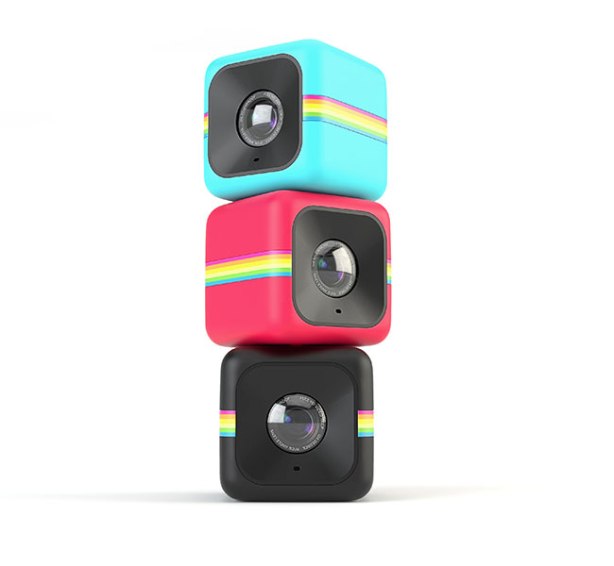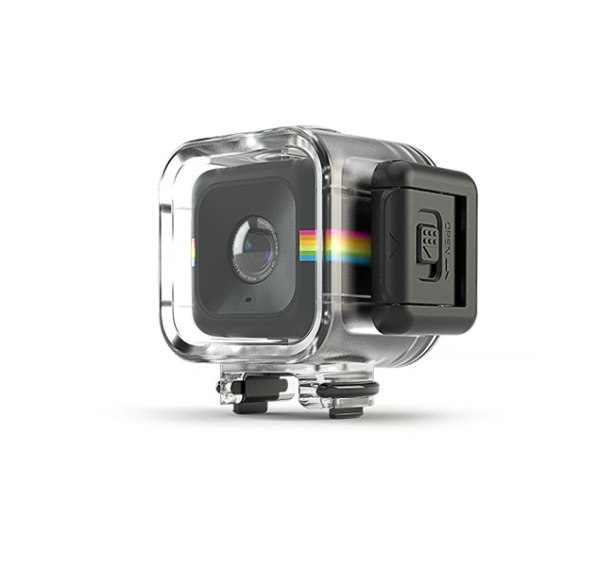Google has overhauled the way its human reviewers work in a bid to cut down on upsetting and offensive content in search results.
The review teams – comprised of contractors known as ‘quality raters’ – comb through websites and other content to flag questionable items such as pornography.
Now Google has added a new category, ‘upsetting-offensive,’ in its guidelines for its estimated 10,000 quality raters around the world.

Google is now directing its review teams to flag content that might come across as upsetting or offensive in search results, such as content with ‘racial slurs or extremely offensive terminology’.
For example, content with ‘racial slurs or extremely offensive terminology’ could now get flagged as such.
While flagging something doesn’t directly affect the search results themselves, it’s used to tweak the company’s software so that better content ranks higher.
The changes were reported in the blog Search Engine Land.
Paul Haahr, one of Google’s senior engineers who is involved with search quality, told the site ‘We’re explicitly avoiding the term ‘fake news,’ because we think it is too vague.
‘Demonstrably inaccurate information, however, we want to target.’
The guidelines , which run 160 pages, are an interesting look into how Google ranks the quality of its search results.
‘As a Search Quality evaluator, you will work on many different types of rating projects,’ it begins.

For instance, it gives examples of ‘high-quality’ pages, such as the home page of a newspaper that has ‘won seven Pulitzer Prize awards,’ and ‘low-quality’ pages, such as an article that includes ‘many grammar and punctuation errors.’
The guidelines cite an example of ‘Holocaust history’ as a search query.
A resulting website listing ‘Top 10 reasons why the holocaust didn’t happen’ would get flagged.
Another example addresses a blog claiming Angela Merkel is the daughter of Adolph (sic) Hitler.
‘This LP is a blog post presenting a factually unsupported conspiracy theory that Angela Merkel is the daughter of Adolph Hitler,’ the guide says.
‘Because the MC is inaccurate and misleading, it completely Fails to Meet the user intent, even though the topic of the page matches the query,’ the guide says, adding ‘A more helpful result for this query might confirm that Adolf Hitler had no children, or provide information on the novel Hitler’s Daughter by Jackie French.’
The new ‘upsetting-offensive’ flag instructs quality raters to ‘flag to all web results that contain upsetting or offensive content from the perspective of users in your locale, even if the result satisfies the user intent.’
‘Because the MC is inaccurate and misleading, it completely Fails to Meet the user intent, even though the topic of the page matches the query,’ the guide says, adding ‘A more helpful result for this query might confirm that Adolf Hitler had no children, or provide information on the novel Hitler’s Daughter by Jackie French.’
The new ‘upsetting-offensive’ flag instructs quality raters to ‘flag to all web results that contain upsetting or offensive content from the perspective of users in your locale, even if the result satisfies the user intent.’

The guidelines also include examples. For instance, here’s one for a search on ‘holocaust history,’ giving two different results that might have appeared and how to rate them
‘The Internet contains all sorts of content, including content which many users find offensive or upsetting,’ the Google guide says.
‘Additionally, users of all ages, genders, races, and religions use the Internet to understand the world and other people’s points of view.
‘Users may issue queries on sensitive topics to understand why people believe, say, or do upsetting or offensive things.
‘Search engines exist to allow users to find the information they are looking for.
‘Please assign the UpsettingOffensive flag to all web results that contain upsetting or offensive content from the perspective of users in your locale, even if the result satisfies the user intent.’

So even if the results are what the person searched for, such as white supremacist websites, they could still get flagged.
But it doesn’t mean the results won’t show up at all when someone searches for them.
Google has over 10,000 quality raters, contractors worldwide that evaluate search results.


Raters are given actual searches to conduct, drawn from real searches that Google sees.
They then rate pages that appear in the top results as to how good those seem as answers.
Quality raters do not have the power to alter Google’s results directly.
Instead, the data produced by quality raters is used to improve Google’s search algorithms generally.
In time, that data might have an impact on low-quality pages that are spotted by raters, as well as on others that weren’t reviewed.
Quality raters use a set of guidelines that are nearly 200 pages long, instructing them on how to assess website quality and whether the results they review meet the needs of those who might search for particular queries.




